Early Signs of Water Damage and How to Prevent Them
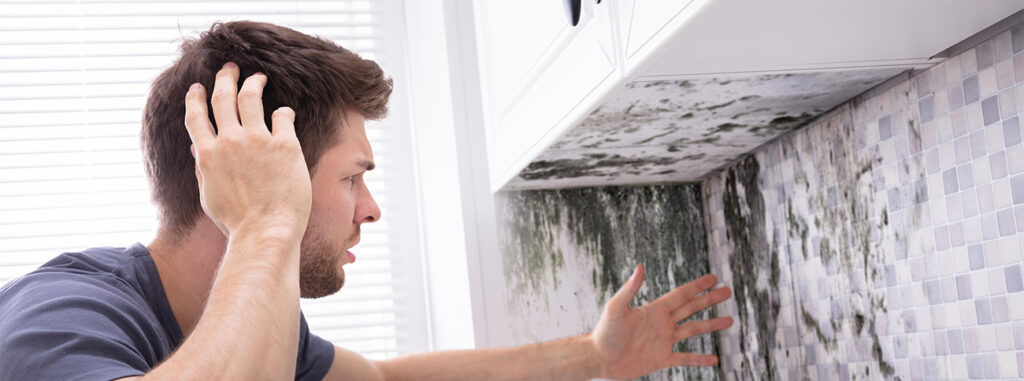
Water damage can be insidious. Silent leaks from the roof saturating the inside of your drywall, for example, can wreak havoc unnoticed—until someone accidentally kicks a foot through the rotten panel.
The cost of repairing water damage can easily reach thousands of dollars and take several weeks, sometimes months, to fix. It can become a major structural issue, so it’s important to detect it as early as possible. More importantly, we must know how to prevent it to avoid the inconvenience and massive cost of repairing water damage.
Here are the early signs of water damage you must watch out for.
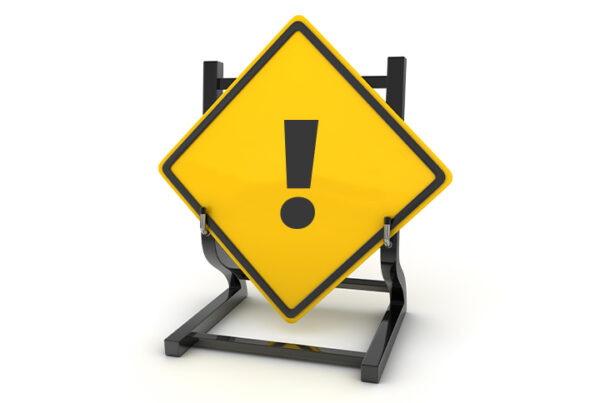
Early Water Damage Signs
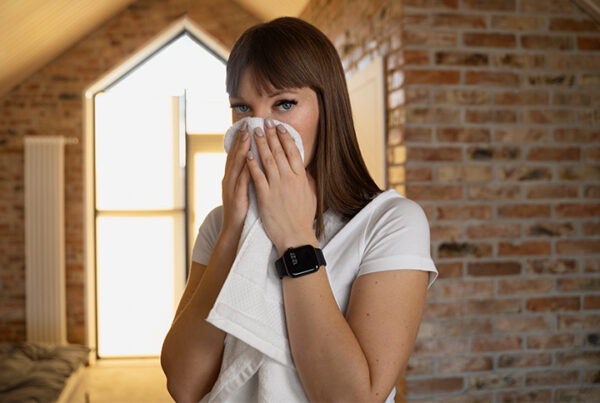
1. Musty smell
One of the first things you’ll notice when water damage has started on your property is a musty odor. The first time you see it should alert you to the possibility of water damage; once the smell lingers, it’s already certain the damage has started.
Musty smells without a visible source indicate the presence of hidden mold. It could mean that moisture has pooled behind the drywall or underneath heavy furniture and appliances, and mold likely grew on those spots.
To confirm that mold is indeed the source of the smell, check the most vulnerable spots in your house first: the bathroom, basement, attic, kitchen, mudroom, and any area that is usually prone to moisture.
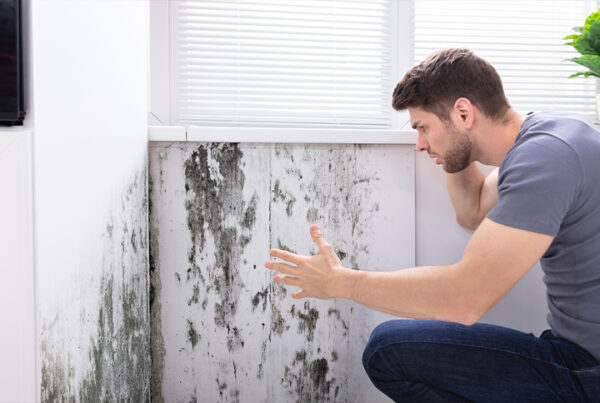
2. Damp walls or floors
Any spot in the house that’s wet or gets a lot of condensation is a hot spot for water damage. If you find certain areas that are constantly damp, mold and decay may not be far behind.
Damp walls and floors are most common in basements because that’s where rising groundwater penetrates first. The attic is another venue to check, especially if it’s not properly insulated. The space would be vulnerable to temperature highs and lows, making it prone to moisture from condensed air.
Now—what if the interior walls feel damp?
It could be related to pipes for hot water and heated air and their position within the walls. This would be more troublesome to deal with because this kind of pipework fix is often a major undertaking. Nevertheless, early detection of water damage signs would allow you to take preventive measures before the mold infestation or deterioration worsens.

3. Allergic reactions
One out of five Americans suffers from environmental allergies (via Cleveland Clinic). Mold is one of the most common allergens hypersensitive individuals react to.
People’s allergic responses vary, but it’s usually a sign that mold is present when several people or individuals with known mold sensitivity constantly exhibit respiratory and skin allergic reactions whenever they are in a certain room or area in the building.
These are the symptoms to look out for:
- Coughing or sneezing fits
- Itchiness around the eyes, nose, and mouth
- Skin rash
- Congested or runny nose
- Headaches
- Shortness of breath
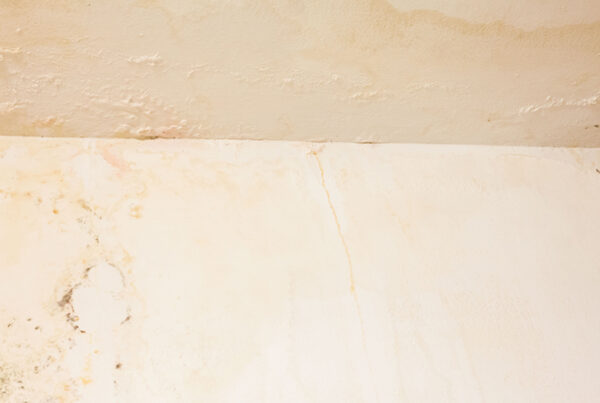
4. Soft spots on the drywall or floor
Another clear indicator of hidden moisture is if there are soft spots underneath the tiles or behind the drywall. If you step on a particular tile and feel it slightly give way before reverting to floor level, it could mean that the ground underneath has gotten soft because of moisture.
Similarly, drywall that feels soft when you put gentle pressure on it with your palm could mean it’s been saturated with water. This could be because of a leak from the roof that has dripped unnoticed on the hidden side of the wall.
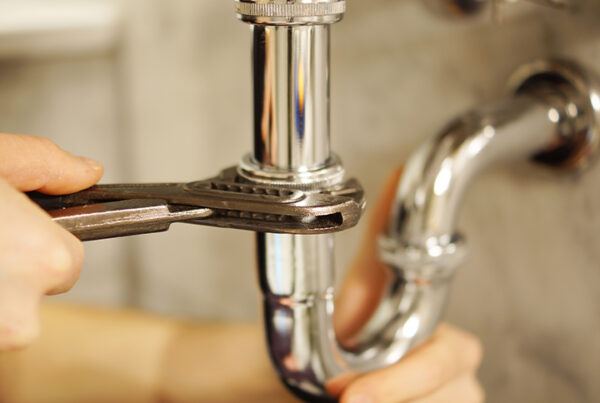
5. Leaky faucets
Constantly dripping faucets and wet pipes are a warning sign of potential water damage.
No matter how well-constructed a shower or sink is, constant moisture will inevitably inflict damage. So, if you have leaky faucets anywhere on your property, it’s best to address it as quickly as possible.

6. No water coming out of the faucet
Ironically, faucets that release very little water, if at all, can also be signs of hidden water damage. It’s arguably more alarming than leaky faucets because if water doesn’t come out where it’s supposed to be, it might be coming out where it’s not meant to.
Weak water pressure can be one reason for dry faucets, of course, but if there’s no logical explanation, it would be wise to call a master plumber. The low pressure could be due to broken or leaking pipes hidden underground or inside the property, and professionals have the experience and equipment to detect such issues.
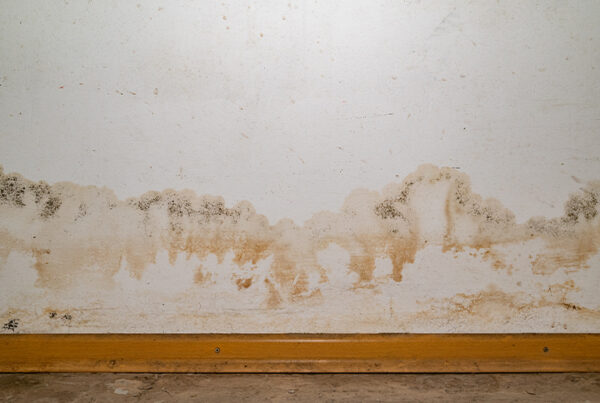
7. Discoloration
Yellowing ceilings and tiles signify that water damage has already happened, but if you catch it early on, you can still do something before the damage and cost escalate.

8. High water bills
If your water usage hasn’t increased but your bill reflects a much higher consumption, that’s a concrete sign of water wastage happening somewhere on your property. It could be multiple leaky faucets, a broken water pump, or cracked pipes that are saturating the soil around your home. So, be wary of inexplicable spikes in your water bill.

How to Prevent Water Damage
The list above shows that faulty plumbing, roof leaks, and hidden moisture are the top causes of water damage. It’s vital to address these causes and take preventive measures against them to preserve and protect your property.
Here’s what you can do:
- Regularly inspect your property, especially areas prone to humidity and constant water exposure.
- Repair broken plumbing and patch leaks on the roof and gutters as soon as possible.
- Use a dehumidifier to regulate indoor humidity and keep your basements, attics, bathrooms, kitchens, and other vulnerable rooms dry.
- Call a professional to remove wood and drywall that have already shown signs of decay. Rotting organic materials are breeding grounds for mold, which can inflict structural damage if left long enough.
Recognizing the early signs of water damage and taking preventive measures will save you a lot of stress and expense down the road. Sure, floods and calamities are out of your control, but condensation and humidity are. For these issues, you can rely on XDRIER’s reliable, high-performance dehumidifiers.
Stay on top of your home maintenance and protect your property from water damage with XDRIER. Contact us for inquiries on features, availability, or bulk orders.

